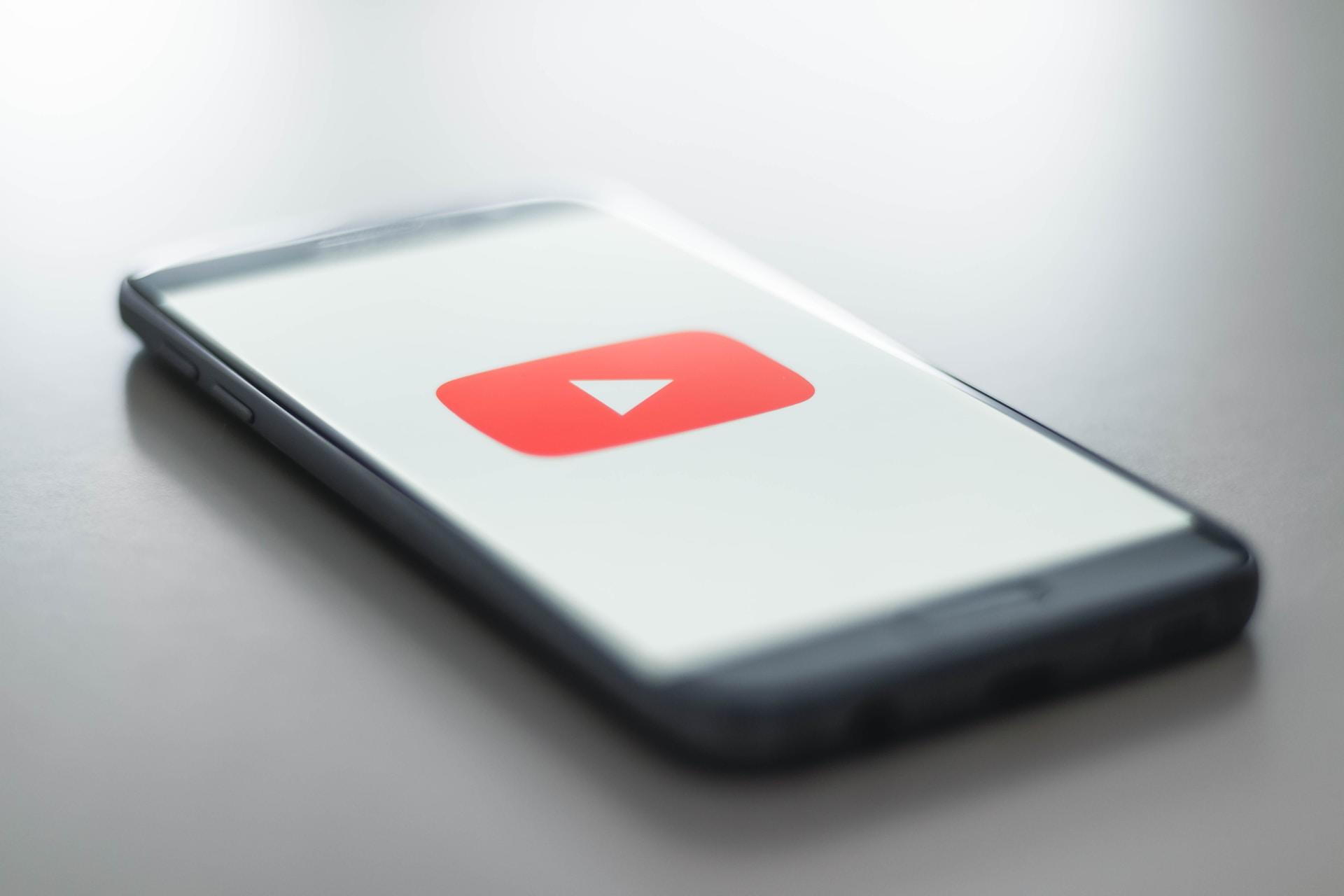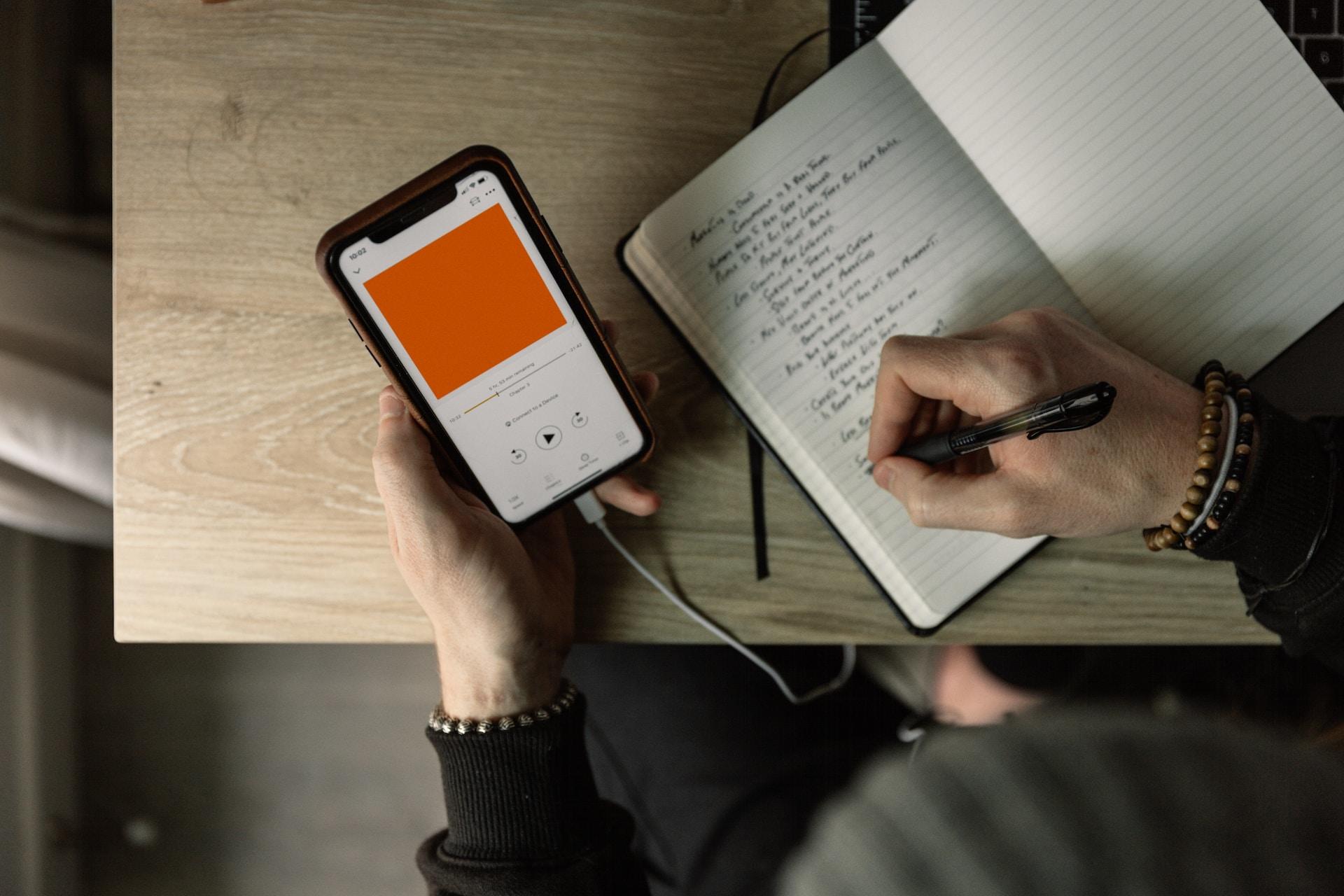When it comes to learning English or any other language, there's a plethora of different approaches and resources out there.
Since learning a language takes literally hundreds of hours, students and teachers will want to use the most effective and useful methods.
While textbooks and ESL lessons have been the staple of language teaching all over the world, the internet has made it possible for more information than ever to be shared and this includes language courses and resources.
Videos provide an excellent format for teaching languages and YouTube, the world's biggest video platform, offers an excellent way for those studying English to improve their language skills.
In this article, we'll be looking at the pros and cons of using YouTube for learning or teaching English and the best ways to use the platform.

The Pros and Cons of Using YouTube to Learn
There are plenty of pros and cons to learning English with popular culture and YouTube, in particular. Any teacher or language learner should be aware of them so they know when they should use YouTube and the limits of how it can help them with their English.

The Advantages of Learning English with YouTube
There are plenty of advantages to using YouTube as a resource for learning English. The first and most obvious one is that you can find almost anything on YouTube, including lots of educational content for English language learners.
YouTube is also free (except for having to watch ads) and can be watched by almost anyone with a good enough internet connection, a smartphone, tablet, or computer. This makes YouTube really convenient for most learners.
English language learners can also access plenty of content from native speakers, hear what they sound like, and even experience different accents and dialects.
With online ESL classes, users can pause, rewind, and skip YouTube videos, allowing them to learn at their own pace.
Most YouTube channels, especially those for learning English, have a community of learners who can interact with one another on YouTube or on forums, websites, or social media. In fact, social media is another great resource for learning English.
The Disadvantages of Learning English with YouTube
While YouTube is a pretty good resource for English language learners and teachers, it's not perfect and there are a few limitations and downsides you should be aware of.
For one, there's no guarantee that the content is good or even useful. Teachers looking to use YouTube content in their English classes should check it first.
If students only use YouTube for learning English, it's unlikely that they'll get any feedback and they may even struggle to find the right content that works for them.
While there are plenty of YouTubers with structured courses and content, some students may find that most of what they find on YouTube isn't and without guidance from an English teacher or tutor, they might struggle to fully enjoy the same benefits as they would with a clearly defined course and curriculum.
How to Learn English with YouTube
We've seen the pros and cons of learning English with YouTube, but how exactly can YouTube be used to learn any language?
Here are some of our tips and advice for getting the most out of YouTube as a language-learning resource.
Establish the Level
The student's level is hugely important as it will dictate exactly what they should be learning, the types of content that will be useful for them, and their language-learning goals.
Beginners will want to look for very simple content that's aimed at non-native English speakers whereas advanced English users can learn from almost any content in English provided the language used is advanced enough.
Once a learner reaches a certain level, they should be able to watch YouTube videos on a range of topics that they find interesting rather than just content designed specifically for learning the language.
Set Goals
For language learning to be productive, the student must have goals in mind, otherwise, they won't be able to gauge their progress or if the resources and approaches they're using are even working.

English teachers and tutors might want to set these goals for their students or at least adjust them to ensure they're realistic if their students already have their own goals in mind.
Setting goals is a bit tricker for English students who aren't working with a teacher or tutor, but the important thing is to set achievable and verifiable goals. Goals like “become fluent” aren't particularly helpful as everybody has a different idea of what that means so it can be useful to set quantifiable goals.
Track Progress
Once a language student understands where they are and where they're going, they can really start learning a language.
It's important for English students to regularly check that they're progressing as this can provide them with a source of motivation, but it can also alert them when certain resources and approaches aren't working.
If very little progress is being made after weeks of watching hours upon hours of content on YouTube, it might be time to change what they're watching or try a different approach altogether.
Remember that every language learner is different so if one student isn't making progress with YouTube videos, that doesn't necessarily mean that they can't be a useful resource for others.
Choose High-quality Content
Anyone with an account can upload their videos to YouTube and the platform doesn't really perform any kind of quality control on what's uploaded to it.
While there are certain checks for certain kinds of content and copyright infringement, YouTube doesn't check for low-quality content, which means that there's plenty of garbage out there, especially in the educational sector.
Again, finding high-quality content is much easier for teachers and tutors than it is for students as the former will speak English well, know how to teach it, and know what they're looking for.
English students, on the other hand, will only be able to see if the content is any good by tracking their own progress and seeing how the progress they make compares to the progress they make using other resources and approaches.
The Best YouTube Channels for Learning English
No two students are the same so what works for one might not work for another. However, here are some popular YouTube channels that English students may want to try.
[table “us_101009” not found /]Structure Content
Educational YouTubers tend to structure their content in a way that helps the viewers to learn, but when using YouTube videos to learn English, there isn't always a clear curriculum or syllabus in place for students.

Students can use YouTube videos to complement the vocabulary and grammatical structures that they're learning and it can be helpful to create playlists within YouTube so that there's an obvious order to the videos that they watch.
YouTube videos can be particularly useful when paired up with a structured English language course and teachers and tutors would do well to include them alongside a range of other resources and approaches.
Active Listening
With YouTube videos, TV shows, movies, music, and even podcasts, it can be quite easy for students to consume the content without really paying that much attention to it.
With young learners, this might be an easy way for them to "study" as none of this content actually checks their comprehension and a YouTube video will continue to play whether they understand it or not.
This is why tracking progress is so important, but it's also why students should consider “active listening” when watching YouTube videos.
This can include taking notes, pausing the video to practice pronunciation, or even using complementary activities provided to them by a teacher or tutor while watching a certain video.
Listen to Different Accents
Every student will likely end up having a few favourite YouTubers or YouTube channels when studying English, but it's also important that they use a range of YouTube content to ensure that they hear a range of different English accents.
The English-speaking world is very broad and becoming too familiar with a certain accent or even a certain speaker can make it more difficult for learners to understand people who speak in different ways or use different vocabulary, especially online where pop culture vocabulary is prevalent.
Variety is the spice of life and it certainly helps when learning English through YouTube videos.
Use Resources Other than YouTube
Last but not least, remember that YouTube is just one of the many resources that English students can use to progress.
YouTube videos are popular because they're free, accessible, and very easy to use, but if they're the only resource being used, it's unlikely that a student will make any significant progress.

YouTube videos are at their most useful when combined with a range of other resources, approaches, and complementary activities that test a student's comprehension and progress. Naturally, a lot of the benefits of YouTube are also found when learning English with TV shows and movies.
They can form the foundation for interesting and educational activities for English students, especially younger students who'll likely be interested in watching YouTube videos anyway but can also be completely useless if used in the wrong way.
To make sure that you're using YouTube and your other English resources correctly, look for guidance and tailored learning from a private tutor. There are lots of great English language tutors on the Superprof website so finding the right one shouldn't be a problem.
Many of the tutors on Superprof also offer their first ESL lessons for free so try a few of them out before choosing the perfect match for you and your learning style!















